The Joys of Gardening: How to Grow Organic Food at Home
For me, gardening has always been much more than a simple pastime—it is a transformative experience that bridges both city and country life, offering a sense of fulfillment and connection with nature that few other activities can provide. I still vividly remember when I first began growing my own organic food in a small indoor space, using just a few window pots filled with fresh herbs. Even in that modest setup, the act of nurturing plants and watching them thrive gave me a profound sense of accomplishment and control over what I consumed. Later, when I moved to a home with a backyard where I could cultivate a full garden capable of providing most of my daily produce needs, that initial sense of satisfaction deepened into a holistic lifestyle. The process of growing organic food has not only allowed me to reconnect with the rhythms of nature but has also fostered mindfulness, patience, and a genuine appreciation for the effort behind every meal.
Over the years, my passion for gardening has grown alongside my knowledge, shaped by countless experiences, resources, and interactions with fellow enthusiasts. I have joined numerous classes, collected books, and shared insights with friends, exploring gardening at different scales—from tiny indoor setups to larger backyard plots. I still recall reading a printed article in the Spring 2010 issue of Pesticides and You, which introduced me to innovative methods for growing organic food that significantly influenced my approach. From learning what to consider before starting a garden to mastering techniques for efficient space use, soil care, and sustainable resource management, the journey has been an ongoing blend of education and personal growth. Each step, each success, and even each challenge in growing organic food has reinforced the understanding that cultivating a garden is not just about producing food—it is about cultivating a lifestyle rooted in health, sustainability, and a deeper connection with the natural world.
Grow Your Own Organic Food
Soil Testing for Organic Food
When I first began growing my own organic food, I quickly realized that understanding the soil in my yard was just as paramount as planting seeds. A simple soil test can help you assess nutrients and spot possible contamination, which is common in urban areas where lead or even old pressure-treated wood at a site might pose risks. I once worked on land that used to be an apple orchard, and an arsenic screening was necessary before planting anything edible. Many state extension agencies offer testing services that are surprisingly affordable, and they often provide organic recommendations for fertility. Knowing which contaminant tests to request is critical, because not every procedure includes them as standard. The results give you a clear picture of what to amend for a proper nutrient balance.
From experience, I’ve seen how adding lime to adjust pH, mixing in compost for organic matter, or using natural amendments like gypsum can make a world of difference when growing organic food. Still, it’s important to ensure the products you use are not potentially contaminated. For example, municipalities sometimes give away grass clippings or bagged mulch, but these may contain pesticide residues that harm the garden. Always check the source and inputs, especially if you buy from a producer. A certified organic supplier following national organic standards for production on farms is far more reliable. I often remind consumers that building your own fertility through homemade compost keeps your garden truly healthy and rooted in trust.
Grow Your Own Organic Food
Organic Food Gardening Products
Over time I have learned that the right products can make a garden thrive without depending on harmful shortcuts. Starting with seeds, seedlings, or even seed packets from trusted sources is essential, especially when they are certified organic and meet organic food standards. I often explore seed catalogs in the spring or visit a farmers’ market to find unique plant varieties from an organic farm. For soil health, I rely on compost made from kitchen and yard scraps instead of buying fertilizers full of inert ingredients or toxic chemicals. A bag of potting soil, natural mulch, and basic tools are usually enough for small-scale gardening, especially when you apply standard organic practices like crop rotation or using row covers to control pests.
Not all fertilizer, pesticides, or insecticides are equal, and I always check labels carefully. The Organic Materials Review Institute (OMRI) lists approved substances, which gives me peace of mind since many products are not eligible for the USDA seal. If I ever choose pest control products, I make sure they follow National Organic Standards for organic food production. For building raised garden beds or adding a touch of landscape design, I avoid railroad ties, utility poles, or pressure-treated wood that contain harmful pesticides and instead use cedar, which is rot-resistant and untreated wood. On one occasion, I found valuable insights on the Beyond Pesticides website, especially on their wood preservative page, which helped me make safer choices for long-term organic farming and home gardening without depending on unnecessary external inputs.
Grow Your Own Organic Food
Gardening Products for Organic Food
Over time, I have learned that the right products can make a garden thrive without relying on harmful shortcuts. Starting with seeds, seedlings, or seed packets from trusted sources is essential, especially when they are certified organic and meet Organic Food standards. I often explore seed catalogs in the spring or visit farmers’ markets to find unique plant varieties from organic farms.
For soil health, I rely on compost made from kitchen and yard scraps instead of fertilizers full of inert ingredients or toxic chemicals. A bag of potting soil, natural mulch, and basic tools are usually enough for small-scale gardening. Using standard organic practices like crop rotation or row covers helps control pests naturally while supporting Organic Food production.
Not all fertilizers, pesticides, or insecticides are equal, so I always check labels carefully. The Organic Materials Review Institute (OMRI) lists approved substances, which gives me peace of mind since many products are not eligible for the USDA seal. If I ever choose pest control products, I make sure they follow National Organic Standards for Organic Food.
When building raised garden beds or adding a touch of landscape design, I avoid railroad ties, utility poles, or pressure-treated wood that contain harmful chemicals. Instead, I use cedar, which is rot-resistant and untreated. On one occasion, I found valuable insights on the Beyond Pesticides website, especially their wood preservative page, which helped me make safer choices for long-term organic farming and home gardening.
Grow Your Own Organic Food
Composting Organic Food at Home
When I first started composting at home, I was amazed at how quickly everyday kitchen and yard waste could transform into something incredibly useful. Simple fruit and vegetable peels, coffee grounds, and garden clippings became rich, nutrient-dense organic material that often worked even better than store-bought fertilizers for growing organic food in both my garden and houseplants. Setting up a compost bin was straightforward—I built one myself, but for those who prefer convenience, pre-made bins are readily available. Adding a worm bin was another rewarding step, especially after reading the Beyond Pesticides fact sheet, which provided clear guidance on safe, effective methods. Watching waste turn into life-giving soil has been a deeply satisfying process, and it has shown me firsthand how composting can enhance soil health, reduce household waste, and improve the quality of organic food produced at home.
Even in urban settings, I’ve noticed families inspiring children to experiment with worm systems after discovering Mary Appelhof’s book Worms Eat My Garbage, which offers a step-by-step guide to creating and maintaining a vermicomposting system. This approach is both fun and practical, demonstrating how small, daily actions can reduce waste while producing natural soil enrichment. It empowers households to grow their own organic food, fostering a sense of responsibility, sustainability, and connection with the environment. Over time, composting has become more than a gardening task for me—it is a daily practice that intertwines eco-conscious living with the care of my plants, making the process of growing organic food both rewarding and deeply personal.
Grow Your Own Organic Food
Community Gardens and Farms for Organic Food
In many urban areas, access to land can be limited, but joining community gardens provides a practical and enriching way to start growing organic food. I once managed a small plot not far from my home, and it offered more than just fresh produce—it transformed the way I engaged with my neighbors and the surrounding landscape. Working in a shared garden space fosters a sense of community and collective responsibility, where the simple act of tending plants becomes a social and educational experience. I recall reading about inspiring urban gardens in New York City in Pesticides and You by Beyond Pesticides, and seeing similar possibilities in my own city was incredibly motivating. These shared green spaces have the potential to revitalize neighborhoods, cultivate local connections, and make the practice of growing organic food accessible to those who may otherwise feel constrained by space.
For people who may not have the room or desire to maintain a personal garden, community-supported farms offer an equally meaningful path to growing organic food. I’ve spent weekends volunteering on seasonal projects like weeding, planting, and harvesting, and each experience taught me valuable lessons about soil care, crop rotation, and sustainable cultivation before I even started my own garden. Beyond the practical skills, these opportunities reveal the rhythms of the growing process and demonstrate how collaboration can yield remarkable results. The beauty of participating in such shared initiatives is that food production becomes a collective effort, showing that cultivating organic food is not only about individual plots but also about building communities centered on sustainability, connection, and mutual support.
Grow Your Own Organic Food
Organic Food Resources
When I first began my journey into organic gardening, I found myself scouring every bookstore and library for reliable information on organic food production. Even a simple factsheet on garden planning or composting often provided the clarity I needed to work confidently at my own scale. Over time, I discovered the wealth of resources available through the National Agricultural Library, which quickly became an essential reference for refining my methods, avoiding common mistakes, and learning practical tips to grow high-quality organic food effectively. Each new resource not only expanded my technical knowledge but also reinforced the connection between thoughtful planning and successful cultivation.
To deepen my expertise, I enrolled in Master Gardener classes offered across the country by extension agents. These sessions introduced a wide variety of gardening practices, some of which went beyond conventional approaches, but each contributed valuable insights relevant to growing organic food. Even when not all classes focused specifically on organic methods, I found the experience worthwhile because every lesson added a new dimension to my understanding. Combining traditional techniques with modern, sustainable practices allowed me to approach gardening more holistically, enhancing both my ability to produce nutritious organic food and my appreciation for the long-term benefits of nurturing soil, plants, and the environment.

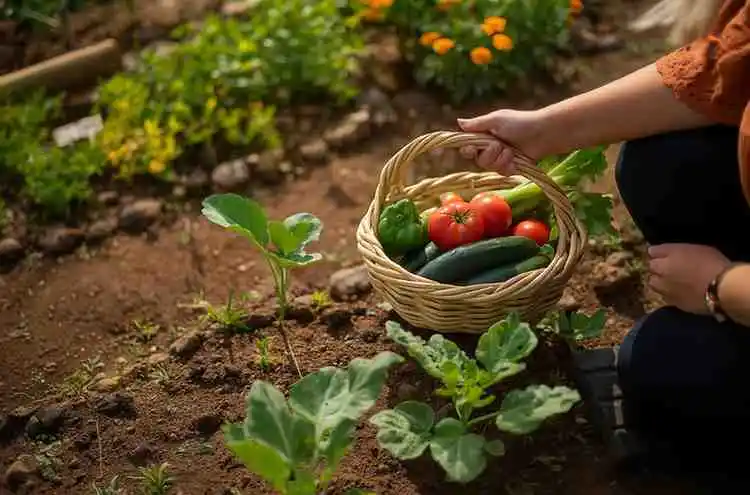



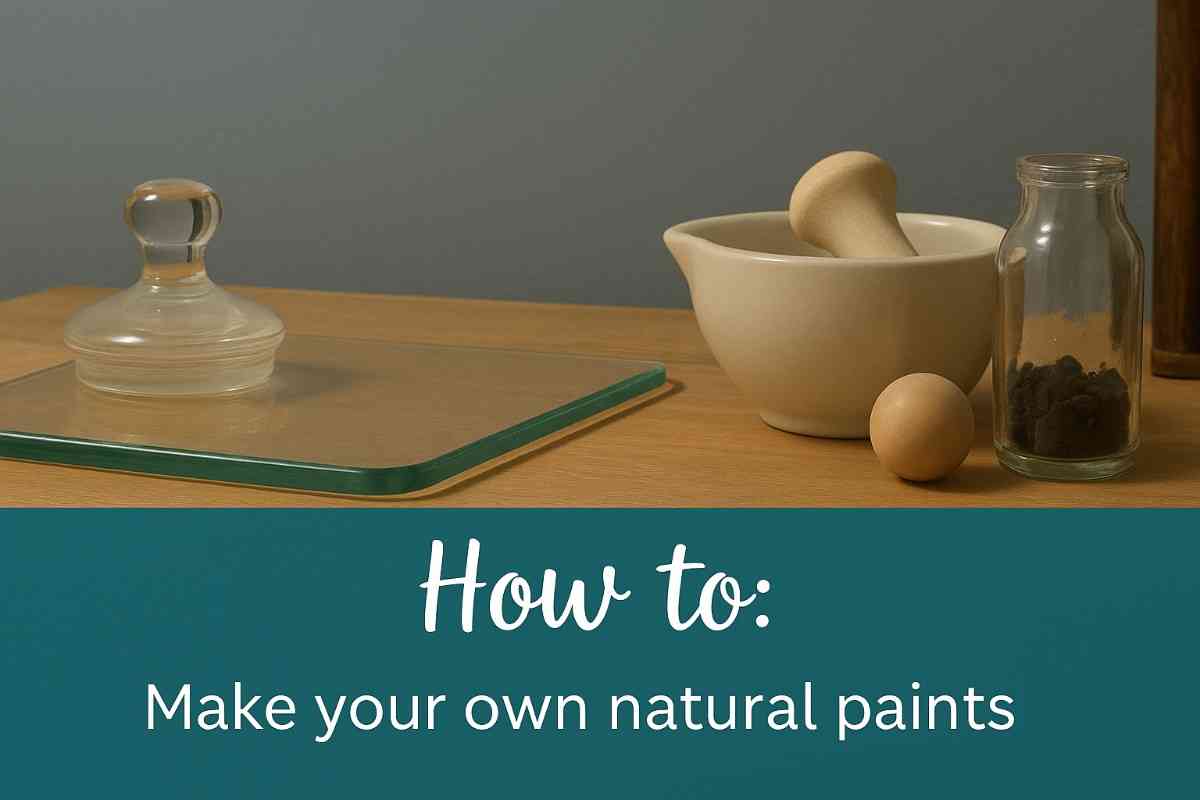
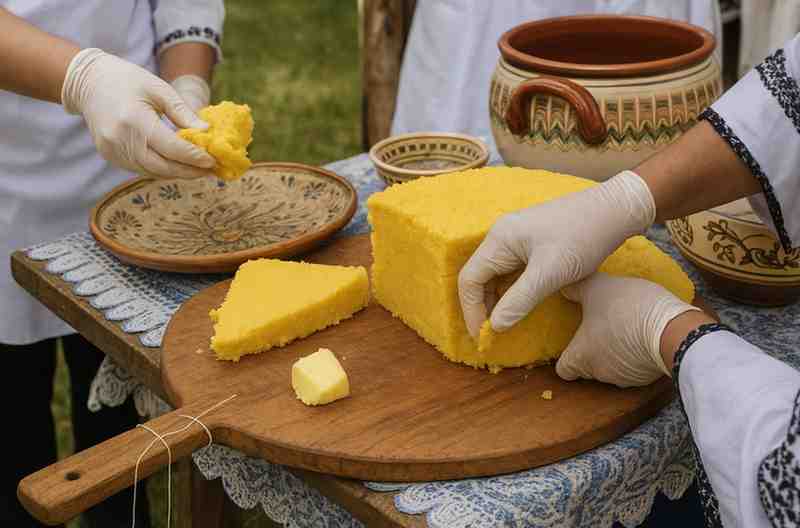

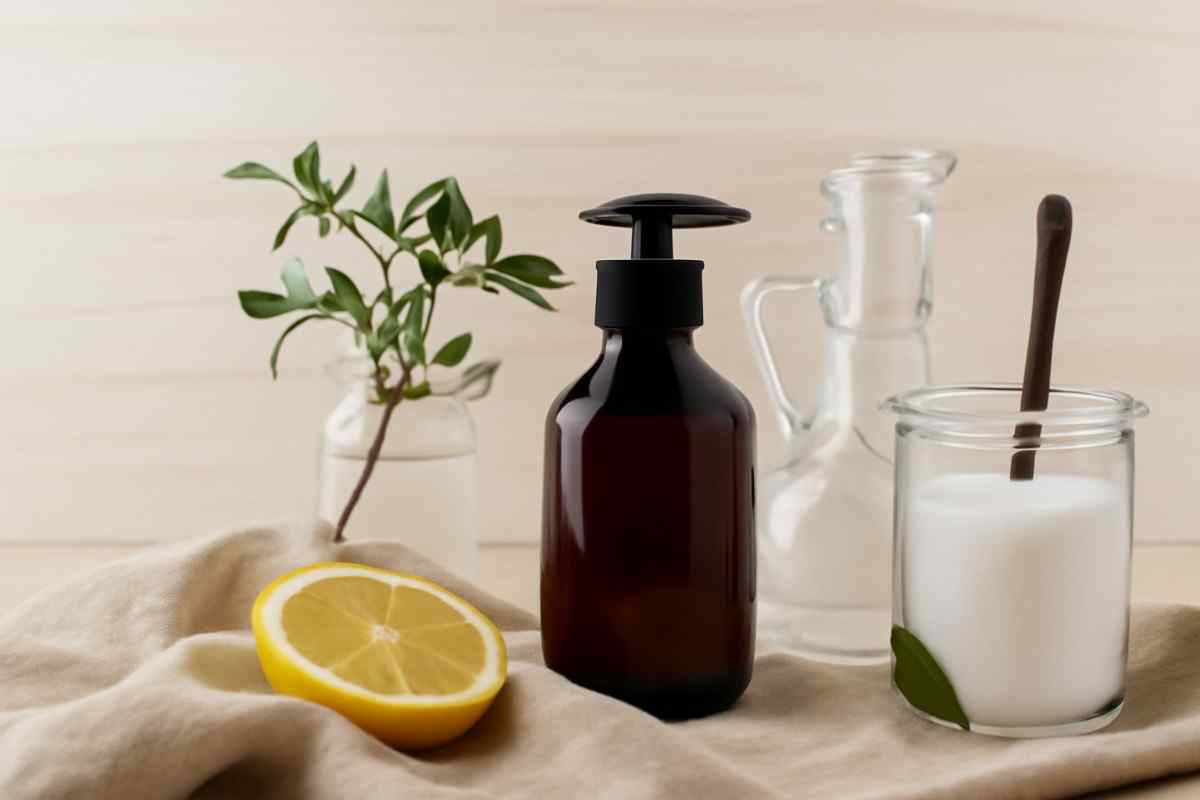
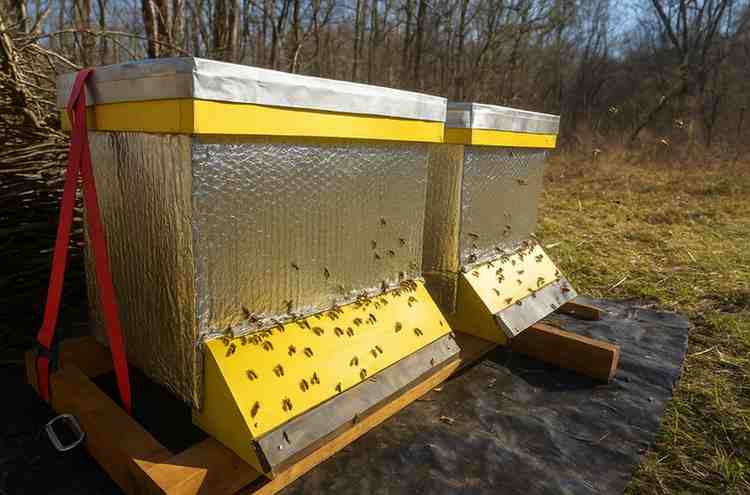


Leave a Reply